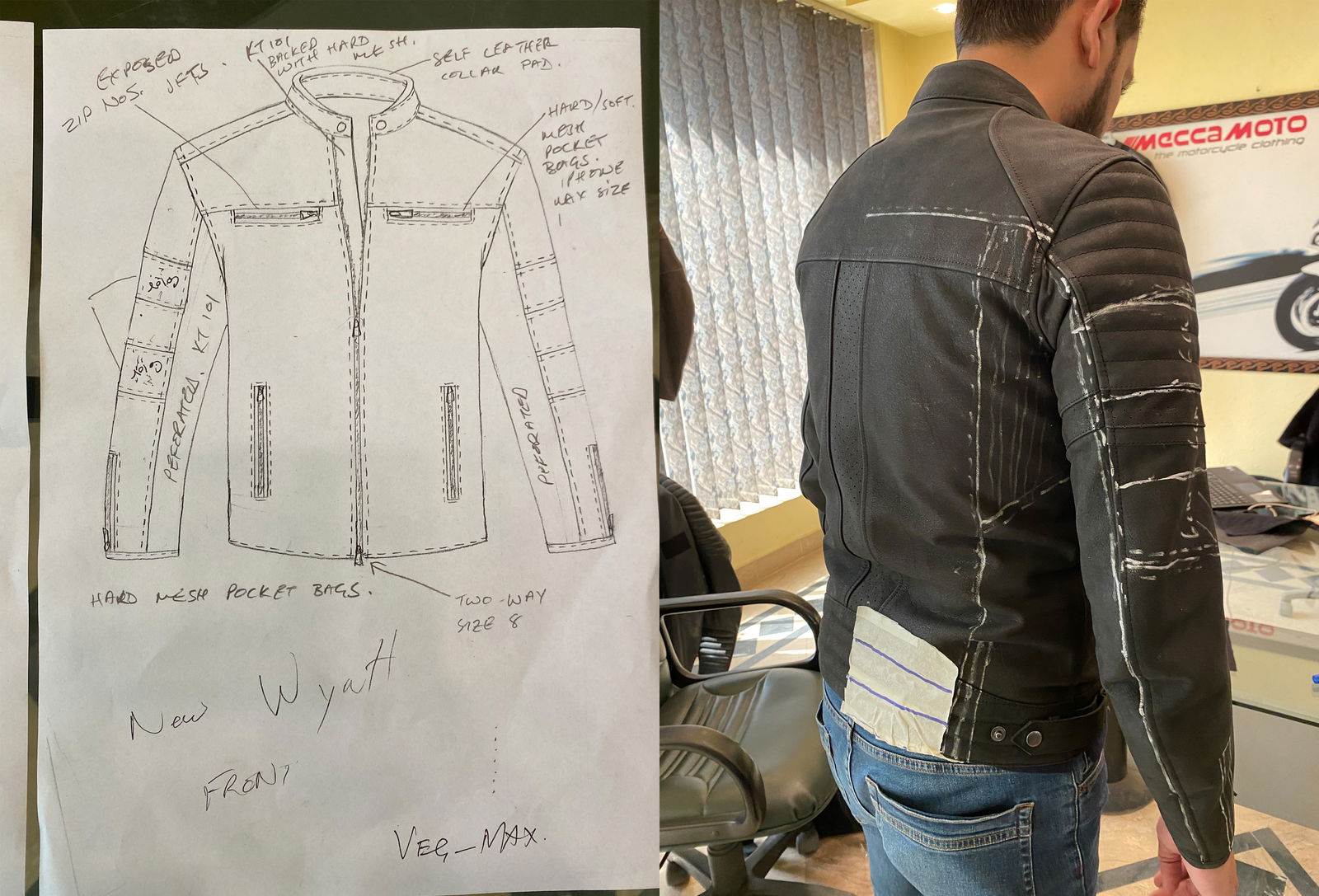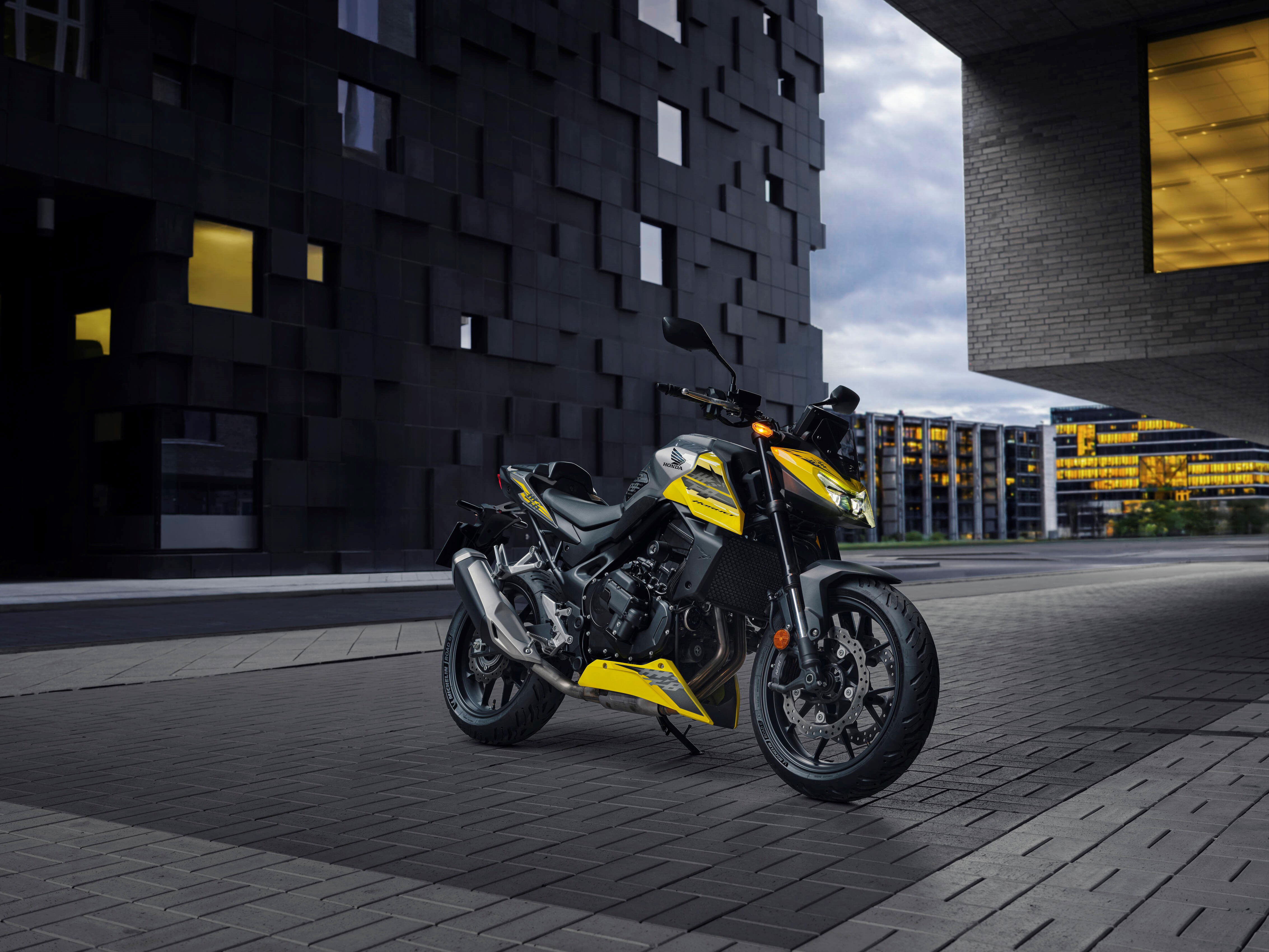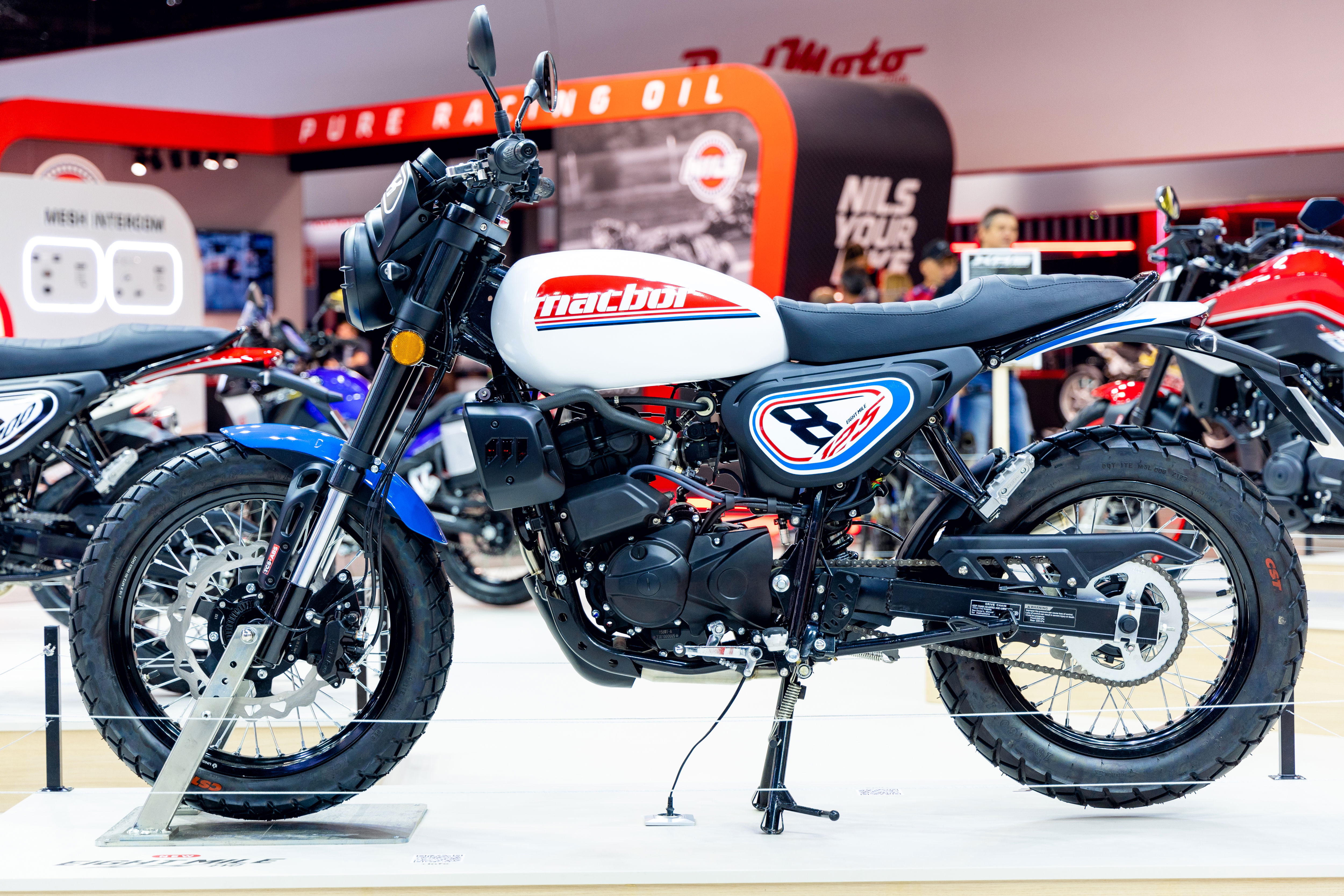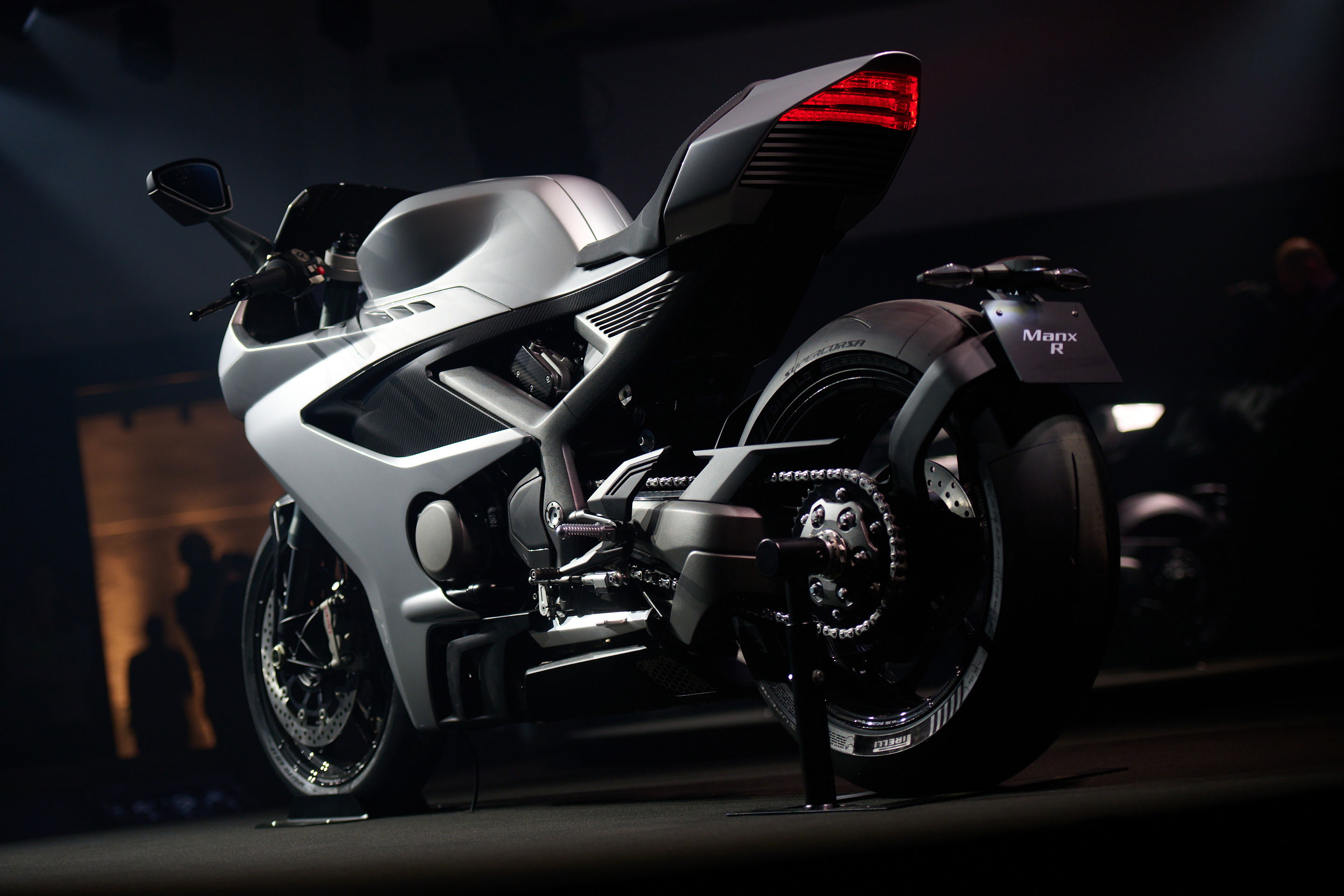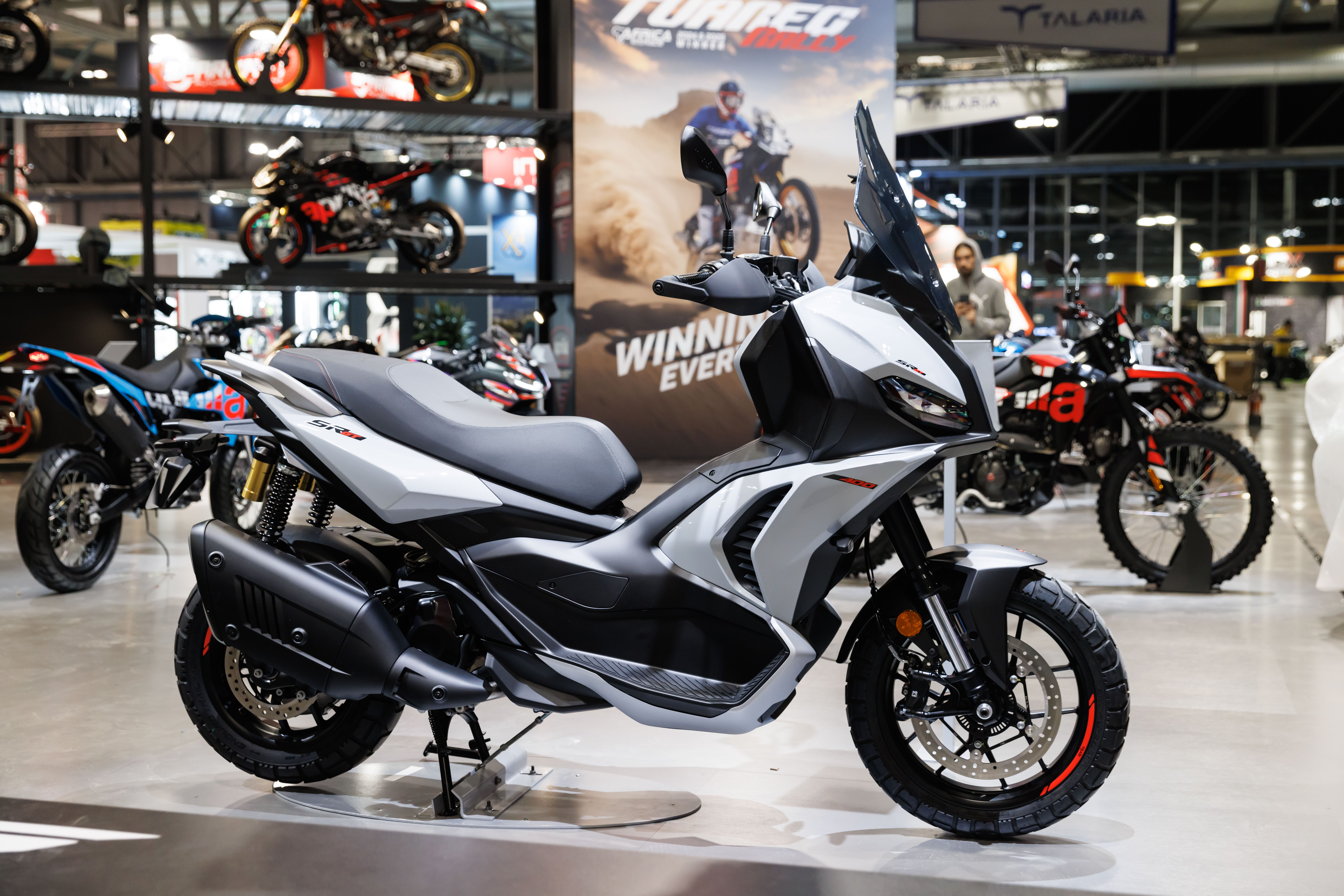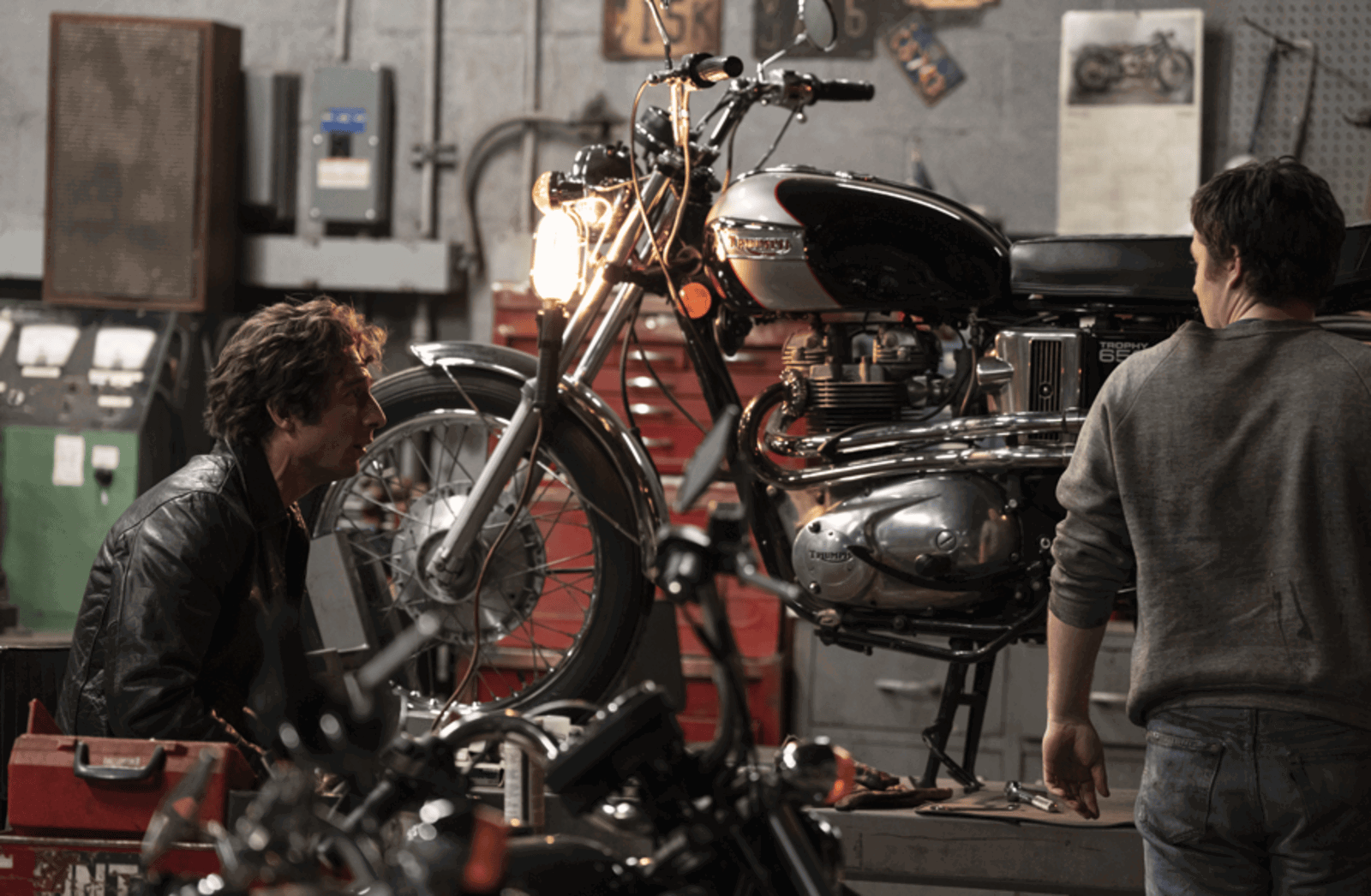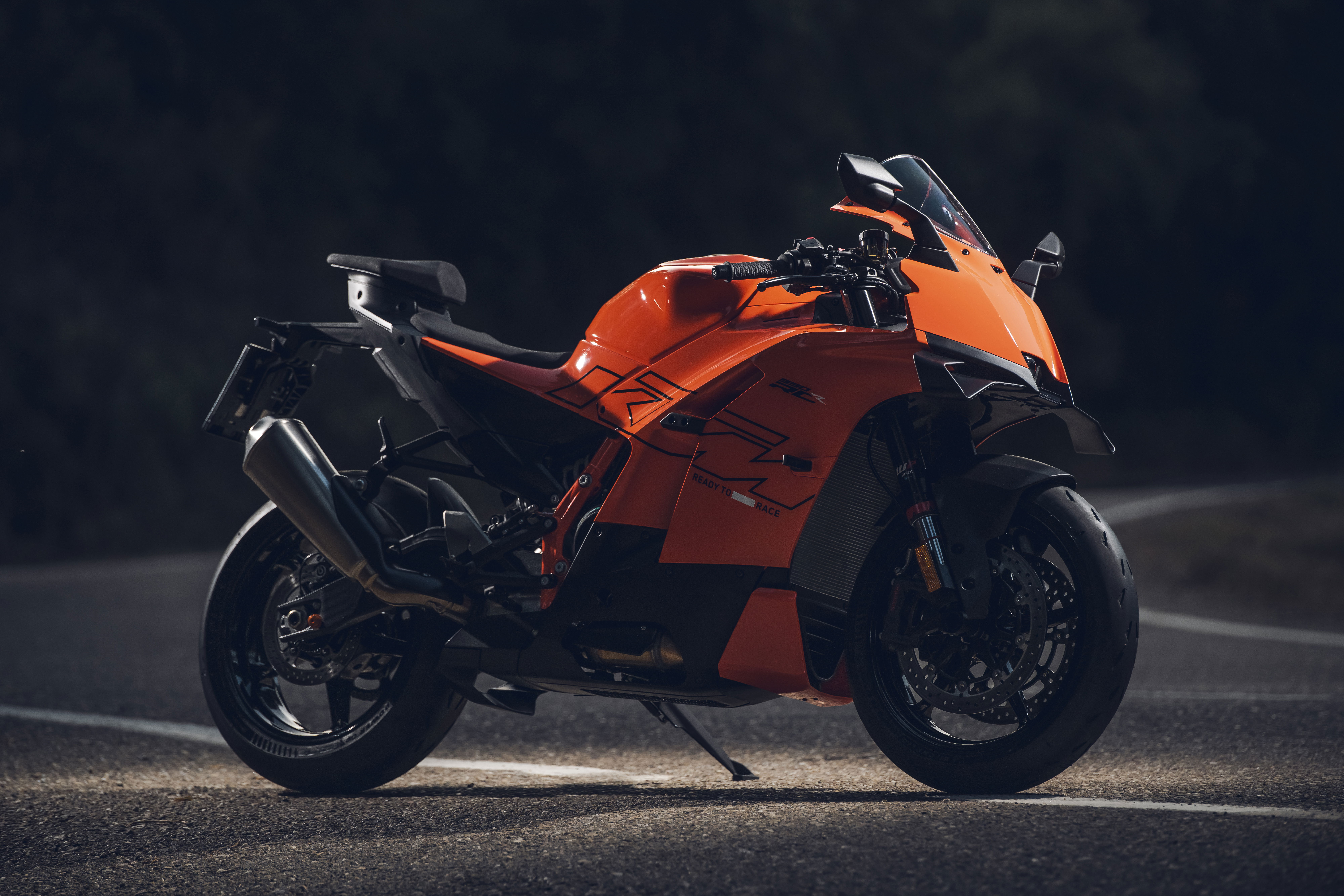ECE 22.06 Motorcycle Helmet Safety Regulations Explained
There is a new set of rules surrounding helmet safety - allow us to explain all

Did you know that Lieutenant Colonel T. E. Lawrence, better known as Lawrence of Arabia, is indirectly responsible for the compulsory wearing of motorcycle helmets?
Following his death, six days after crashing his beloved Brough Superior SS10 in 1935, neurosurgeon Hugh Cairns, was convinced Lawrence’s death would have been prevented with the correct headgear. Cairns (who became Sir Hugh Cairns in 1946) championed the notion that helmets would prevent the unnecessary loss of life and, on 7 February 1973, over two decades after he died, “Motor Cycles (Wearing of Helmets) Regulations 1973 (S.I., 1973, No. 180), dated 7th February 1973,” deemed that everyone is legally required to wear a crash helmet in the UK. However, there is one noteworthy exemption thanks to Sidney Bidwell, the former MP for Ealing-Southall.
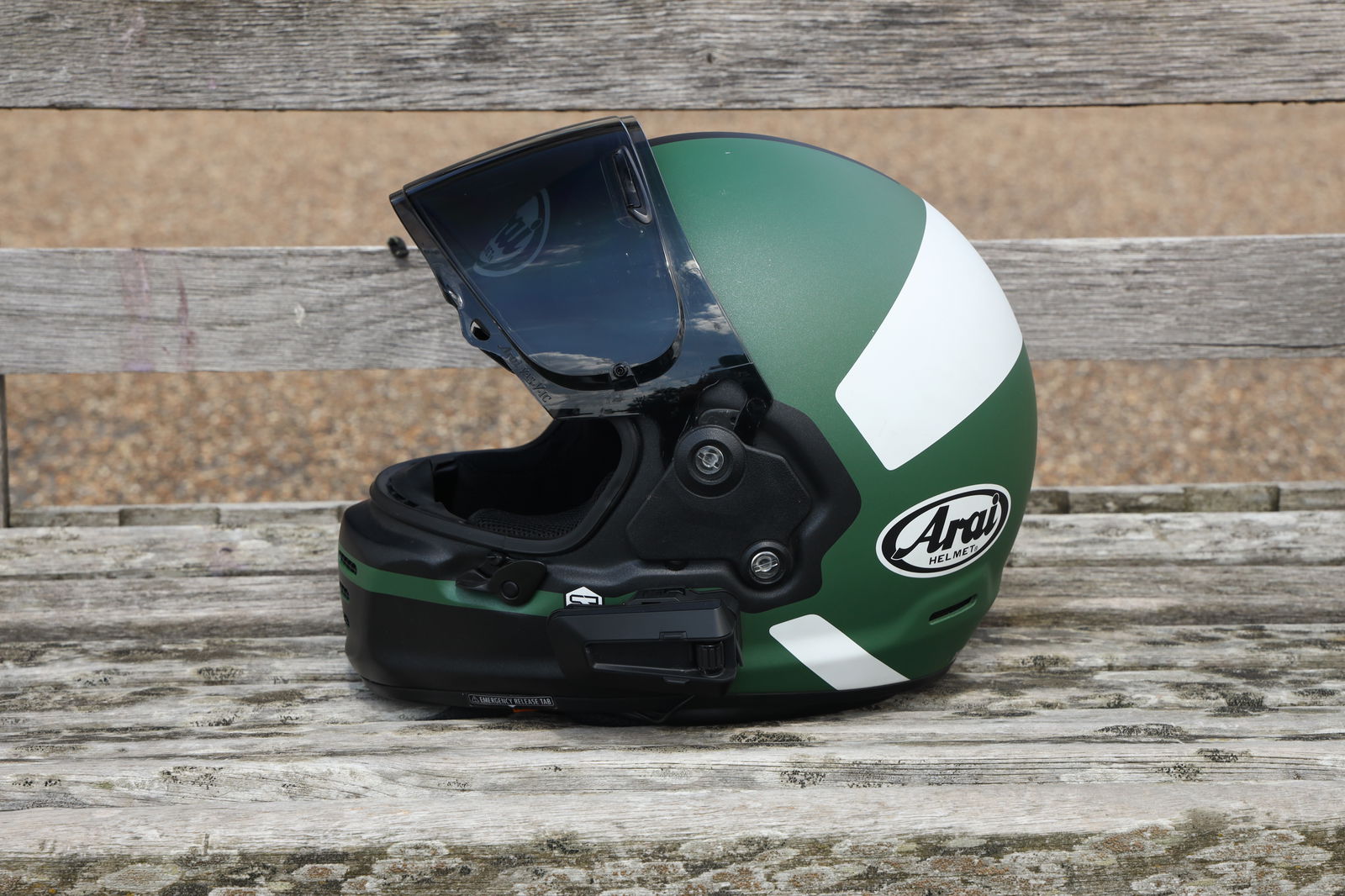
Bidwell argued that Sikhs should be exempt from the helmet laws because at no time has a Sikh been ordered to “…discard his turban in favour of the war hat or tin helmet worn by other soldiers under battle fire,” so why should they be removed in favour of a crash helmet? He also noted that turbans were permitted in three branches of the British army, so enforcing the compulsory wearing of crash helmets on bike-loving Sikhs was, well, bullshite.
This wasn’t the only pushback to the ’73 law, others argued that that legislation was essentially pointless as 88 per cent of motorcyclists were already wearing crash helmets in 1973, so some individuals - such as Fred Hill the founder of MAG (Motorcycle Action Group) and the MP for Wolverhampton Southwest, one Enoch Powell- regarded the laws as no more than an infringement on personal freedom, and it’d be remiss of me not to acknowledge that a handful of riders still do…
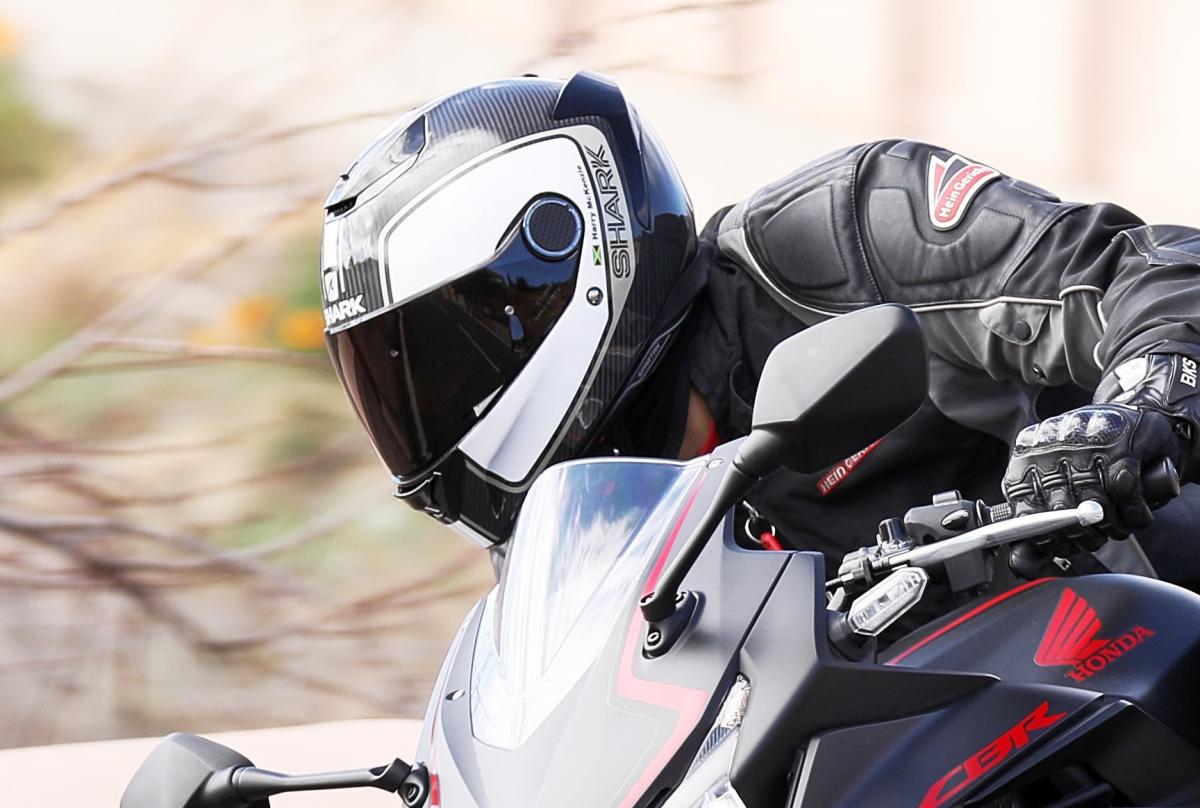
In the meantime, helmet laws have been refined and ratified to accurately define what constitutes a ‘road legal helmet’ and what doesn’t. So, as it stands, a road-legal helmet in the UK must meet one of the following criteria:
- British Standard BS 6658:1985 and carry the BSI Kitemark
- A European Economic Area member standard offering at least the same safety and protection as BS 6658:1985, and carry a mark equivalent to the BSI Kitemark
- UNECE Regulation (aka ECE) 22.05
We’re going to focus our attention on the last bullet, ECE 22.05 because it’s recognised in at least fifty counties aside from the UK and is the go-to marking you need when buying a new helmet to ensure you’re on the right side of the law. Snag is, ECE 22.05, which was implemented in 2000, was usurped in favour of ECE 22.06 in 2020. So, why is ECE 22.05 still up on the GOV.UK website?
Relax, ECE 22.05 helmets are still perfectly legal on UK roads, so maybe just regard ECE 22.06 as a gentle reminder that things have moved on when it comes to keeping your noggin protected. Unless, of course, you bought a brand new ECE 22.05 helmet after January 2024, the date the ECE 22.06 regulations came into effect…
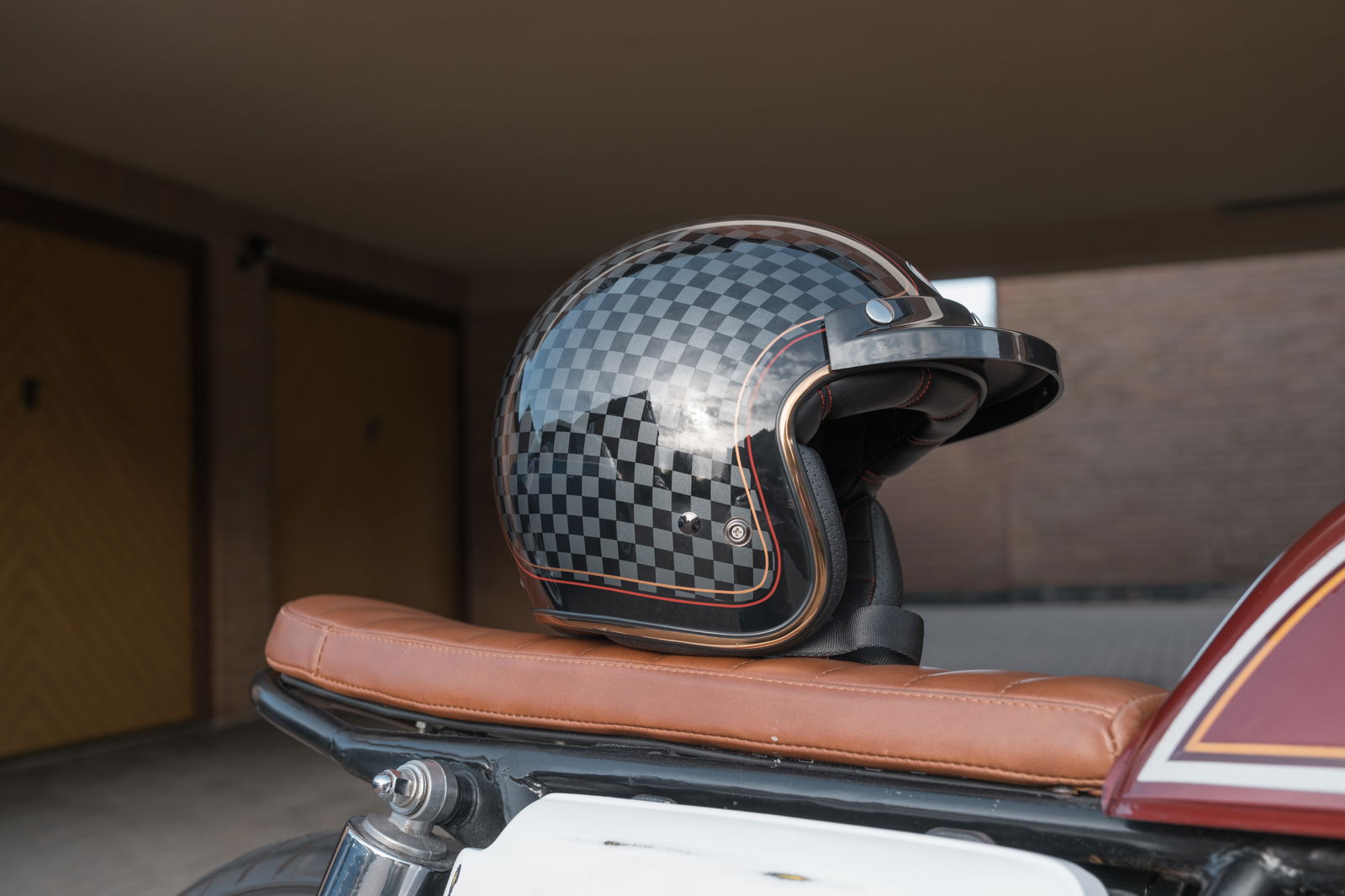
The bigger question is what makes ECE 22.06 better than ECE 22.05? The short answer is a more holistic (I hate that bloody word, but in this context, it works) approach to helmet safety. There’s a raft of new measures in place, but with time against us, here are the basics in no rational order:
Vents
No more showboating with Darth Vader vents that don’t work, under ECE 22.06 regulations, these must be effective in acting as vents, and not for the purposes of cosplay.
Noise
The powers that have officially decided that hearing what’s going on around you is a good thing, so helmets that block out traffic noise over a certain level will fail.
Shell
How about two new reinforced plates able to resist as much as 630 Newtons on either side of the lid with more attention focused on reducing the deformation of the shell under pressure? You're welcome.
Impact
Impact absorption liners will now be rigorously tested for additional protection to your head with a new ‘oblique impact’ category. Said liners will also be judged on how they cope with sweat, hairspray and beard oil.
Abrasion
Greater attention will be paid to the integrity of the shell when encountering an abrasive surface. This area of testing also includes a puncture test to ensure your safety should you meet sharp stuff at high speed.
Visors
There have been some further tweaks to prevent tinted visors from blocking road/vehicle lights in their various forms and a new directive to ensure a rider’s peripheral vision is unimpeded, plus other tests to ensure the visor is sufficiently scratch-resistant. But the most exciting bit is that visors must be able to withstand the force of a steel ball smacking into the visor at 180mph!
Straps
A 10kg weight dropped from a height of 0.75 metres to create at least three kilo-Newtons of tension will see if the strap is up to par. It’s not as good as the steel ball one.
Accessories
In short, helmet accessories (such as intercoms) must be compatible with the helmet in question to ensure they’re not compromising safety.
Construction
Sure, improvements on tests for the shell, the impact absorption layer and liners are a given, but the focus in this sector is on the safety of those new-fangled modular helmets. I don’t own one of these - wouldn’t have one in the house- so feel free to check out the details yourselves as we’re out of time.
Laters.
